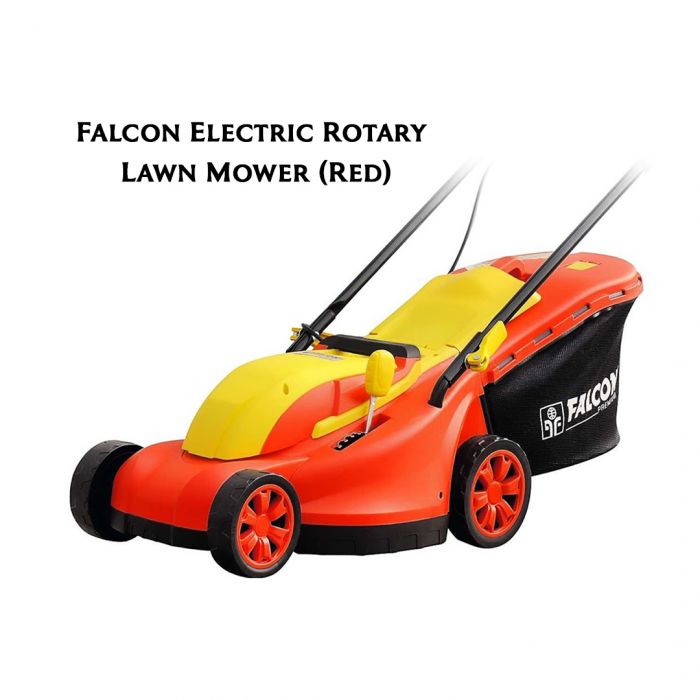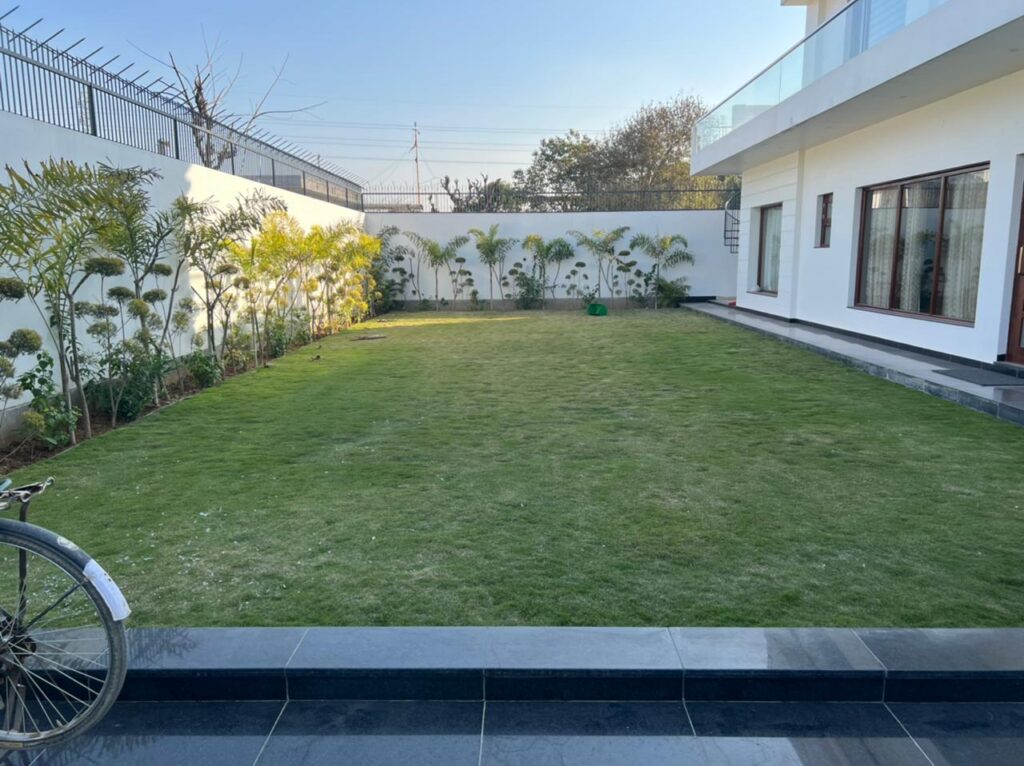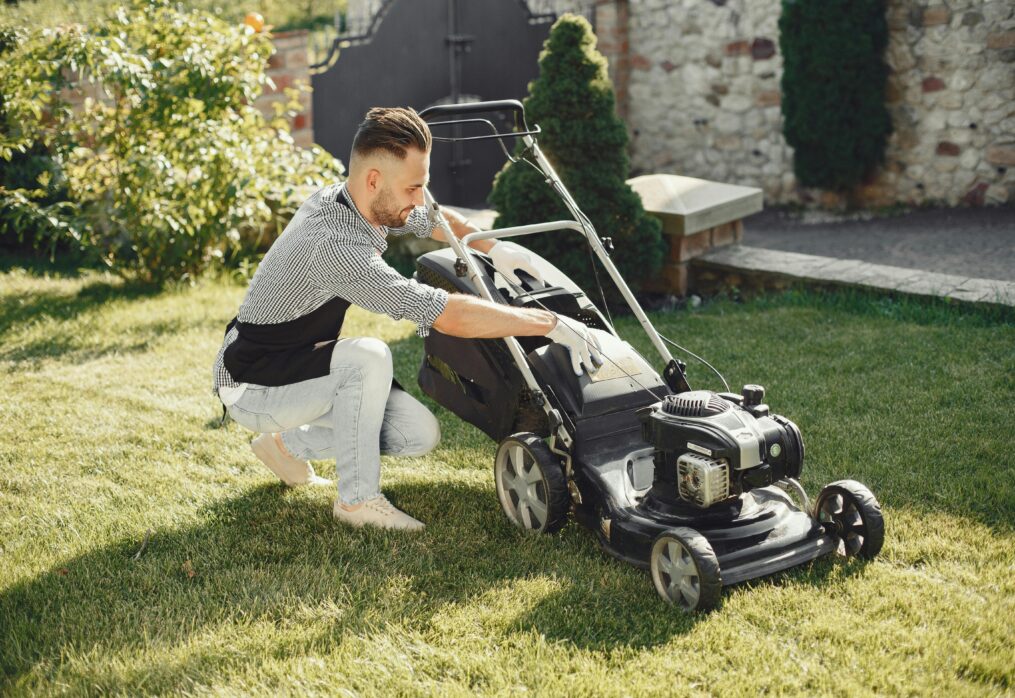Mowing Heights By Season And Grass Type
It’s likely that if you have a lawn, you also own a lawnmower, which you use every time the grass grows a little too long. You shouldn’t wait until the last minute to mow, though, if you want healthy grass. There is a perfect grass height for every type of turf, and having grass that grows too long or too short might affect your yard’s overall health. However, a number of variables, such as the type of grass you have and the time of year, affect the ideal height to mow the grass. We’ll break everything down for you ahead of time and provide you with tried-and-true grass-cutting advice to help maintain a beautiful lawn all year round (Mowing Heights By Season And Grass Type)
Why does mowing height matter?
Balance is necessary for everything, even your lawn. Scalping or cutting your grass too short puts stress on your lawn and can cause bare patches, poor growth, or obvious damage. Additionally, grass that has been clipped may be more susceptible to weeds, many of which need specific attention to be controlled. However, it’s not ideal to let your grass grow uncontrolled, either. In addition to making your lawn appear messy, too-tall grass can attract additional bugs and worsen the general health and thickness of your lawn. It’s a delicate balance, as we stated. Which Height Is Ideal for Grass Cutting? To maximize health, mow grass at different heights depending on type and growth.
 Grasses for the Cool Season
Grasses for the Cool Season
Grass species classified as cool-season grow actively in the spring and fall when temperatures are between 60° and 75° F. The Transition Zone, which encompasses both warm- and cool-season grasses, as well as the Northeast, Midwest, and Northwest, are home to these grasses. The recommended mowing heights for a few typical cool-season grasses are shown in the grass-cutting height table below.
| Cool-Season Grass Type | Ideal Grass Height |
|---|---|
| Kentucky Bluegrass | 2.0”-3.5” |
| Perennial Ryegrass | 2.0”-3.5” |
| Fine Fescue | 2.0”-3.5” |
| Tall Fescue | 3.0”-4.0” |
Grasses of the Warm Season
Warm-season grasses are those that grow in the summer and turn dormant when the soil temperature falls below 55 degrees Fahrenheit on average. These grasses are found in large quantities throughout the Transition Zone and the Southern United States. The following lists the recommended cutting heights for typical warm-season turfgrasses. Use the above tips to change the height of your lawn mower so that it cuts your grass to the desired height. However, bear in mind that you should never trim more than 1/3rd of a grass blade at a time because this can cause stress to your lawn and cause damage such as yellowing or scalping. While mowing long grass, it could take many sessions to bring your lawn to the ideal height.
| Warm-Season Grass Type | Ideal Grass Height |
|---|---|
| St. Augustinegrass | 2.5”-3.75” |
| Bermudagrass | 1.0”-2.0” |
| Centipedegrass | 1.5”-2.0” |
| Zoysiagrass | 1.5”-2.5” |
Grass Cutting Seasonally
Also, consider seasonality when and how to mow your grass. The explanation for this is simple: The impact of different weather conditions on your grass varies. Learn how short to mow your lawn in different seasons. 
Winter height of grass
In general, cool- and warm-season grasses go dormant in the winter. This effectively implies that until soil temperatures increase, the grass won’t grow again; therefore, wintertime mowing is usually not required. But in order to get your lawn ready for what may be a chilly, snowy winter, you want to take certain precautions in the autumn. One thing you may do is mow your grass to a height of around two inches before the yearly first frost. This height helps shield crowns and roots from the severe cold, but it’s still low enough to help prevent snow mold. Get in touch with your neighborhood Balaji Nursery lawn care specialist if you need assistance or guidance on how to preserve your grass during the winter.
Height of Grass in Spring
To help eliminate dormant grass and promote green-up, you should mow the first time of the season slightly lower (about ½ inch) than the ideal growing-season height. It depends on the situation when the season’s first mow should be done. Warm-season grasses should be mowed for the first time after the grass begins to grow again, which is often late March, depending on the location. Cool-season grasses can be mowed once any snow cover melts, which is typically early spring.
Buy Natural Grass Carpet Rolls online and get delivery within 1 day at your doorstep. Call 8766234417 / 9354173113 / 8588914985 to make a purchase today!
Height of Grass in Summer
Since many lawns require more upkeep in the summer, the fragrance of freshly cut grass is synonymous with the season. During the summer, warm-season grasses in particular grow more quickly. The charts above should help you decide how short to trim your lawn during the dog days of summer. For optimal health, cut your grass on the higher side of the range. Longer grass lowers the temperature of your soil, which reduces the need for watering and other maintenance to keep it in excellent condition. In addition to encouraging stronger roots, high-side mowing can reduce weed growth. Remember, cutting your lawn during times of intense heat or drought is not a good idea because it might cause stress to the grass.
Height of Grass in Fall
As previously stated, try to keep your grass at or near the perfect mowing height in the fall. Because many grass varieties thrive in colder climates, autumn may bring more frequent mowing for those with cool-season lawns. To protect your turf for winter, mow your lawn one final time this season, when the temperature starts to drop (but not before the first frost). Cut your grass to around two inches in height.
Tips for Grasping a Healthier Lawn
You may take a few precautions when cutting the grass to prevent overstressing your lawn, in addition to cutting it to the appropriate height. To support a vibrant, healthy grass, consider the following advice:
- Make sure the blades on your mower are sharp. When dull blades rip the grass, it becomes fragile and susceptible to disease.
- Steer clear of the mower in times of intense heat or drought.
- To help avoid soil compaction or tire damage to your mower, switch directions every time you mow.
- To provide more nutrients to your lawn, leave grass clippings on your lawn to provide more nutrients.
For additional assistance in growing and maintaining a robust, healthy lawn, contact a Balaji Nursery lawn care specialist in your area. I recommend checking out:
- How to plant lawn grass : A Step-by-Step Guide for a Beautiful Yard
- Natural Weed and Grass Killer Recipe for a Chemical-Free Lawn
- What type of machine is used to cut grass?
- 5 gorgeous flowering plants to bring home in summer
- 10 Stress Relieving Indoor plants for home
- 10 plants you can easily grow in a bottle
- 5 Easy Tips to Maintain a Tulsi Plant at Home
- 5 Medicinal Plants to Grow at Home
- 10 palm plants to grow at home
Last Updated on 1 year ago by Anjali Mehra Ph.D. in Horticulture (Punjab Agricultural University)
- Best Lawn Grass for High-Footfall Religious Places in Punjab - December 29, 2025
- Why Lawn Grass Fails After Installation (Real Indian Case Studies) - December 25, 2025
- Nilgiri Grass vs Korean Grass – Price, Look & Maintenance Compared - December 23, 2025
